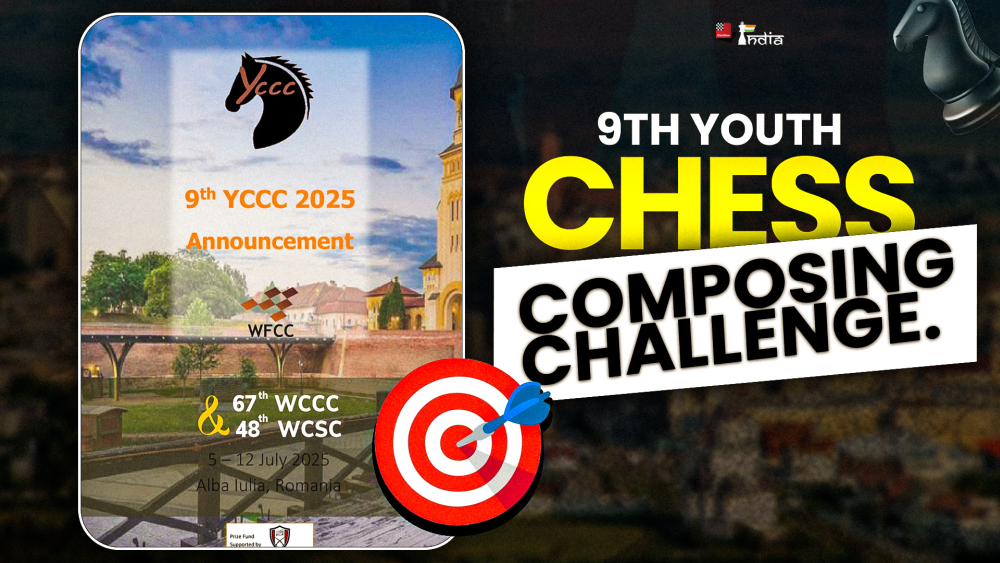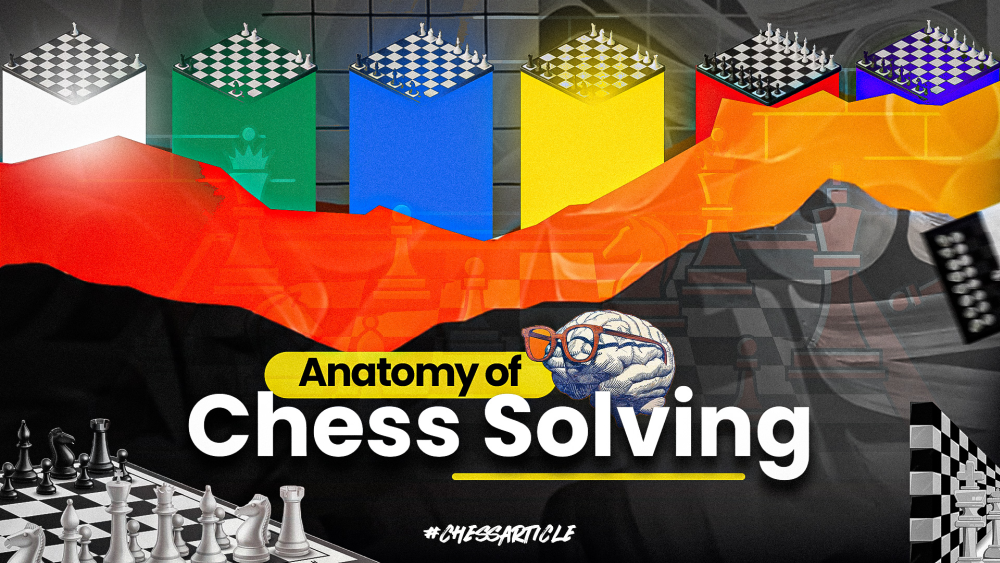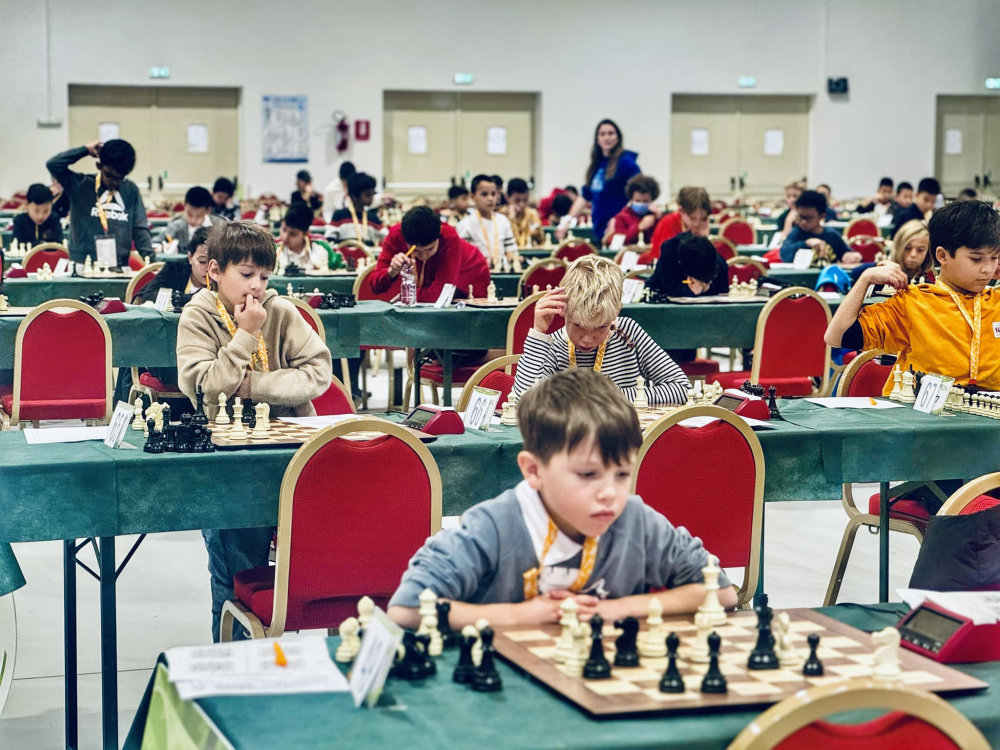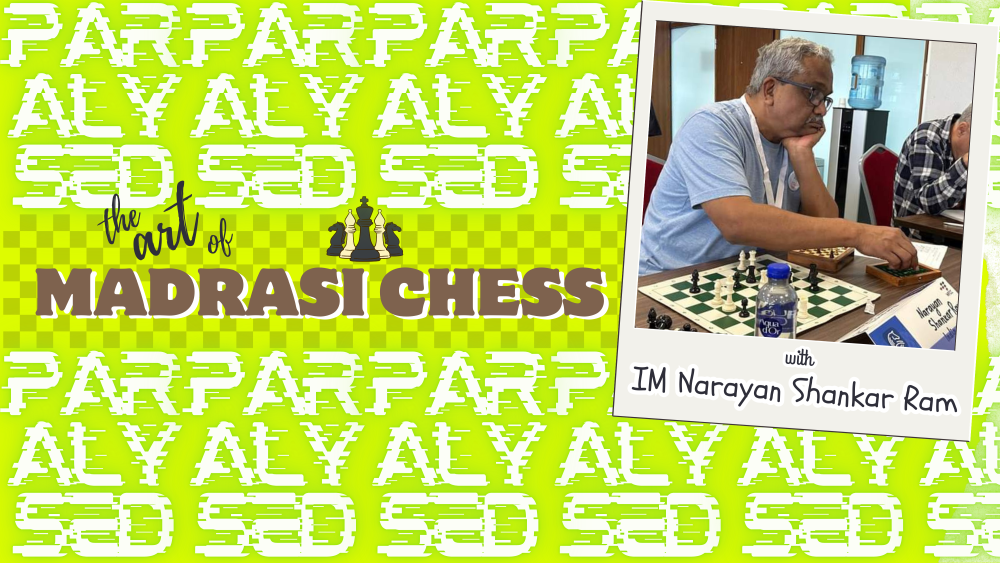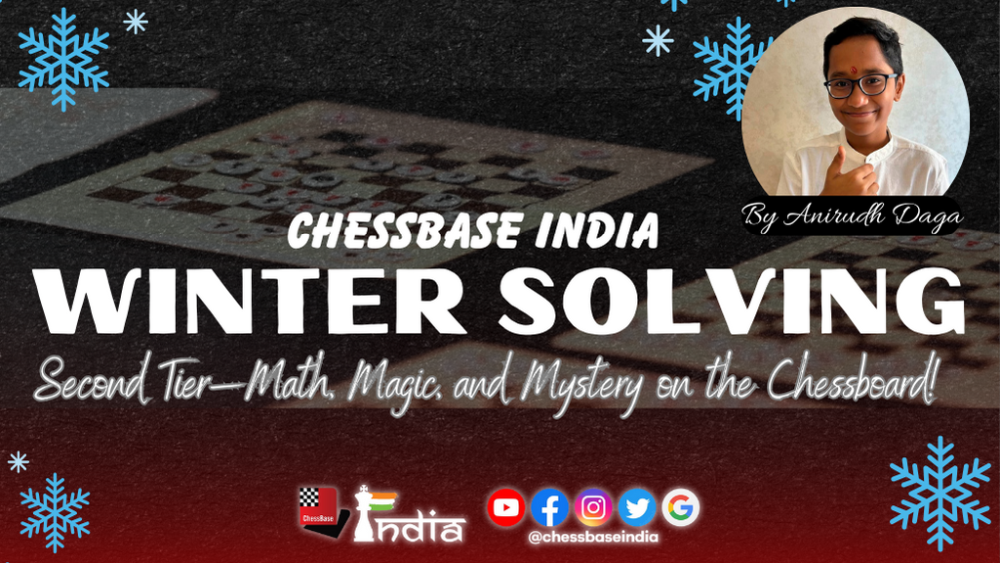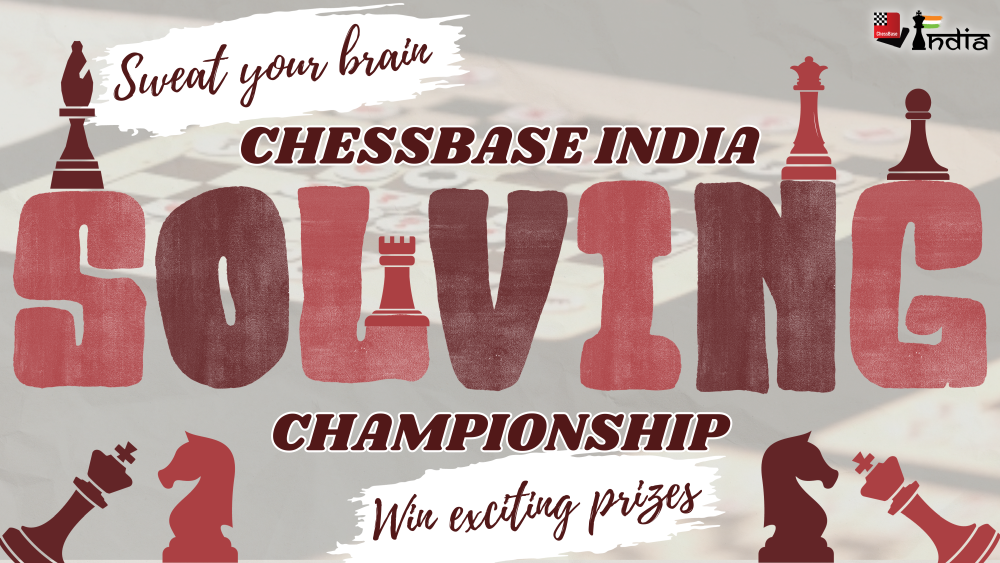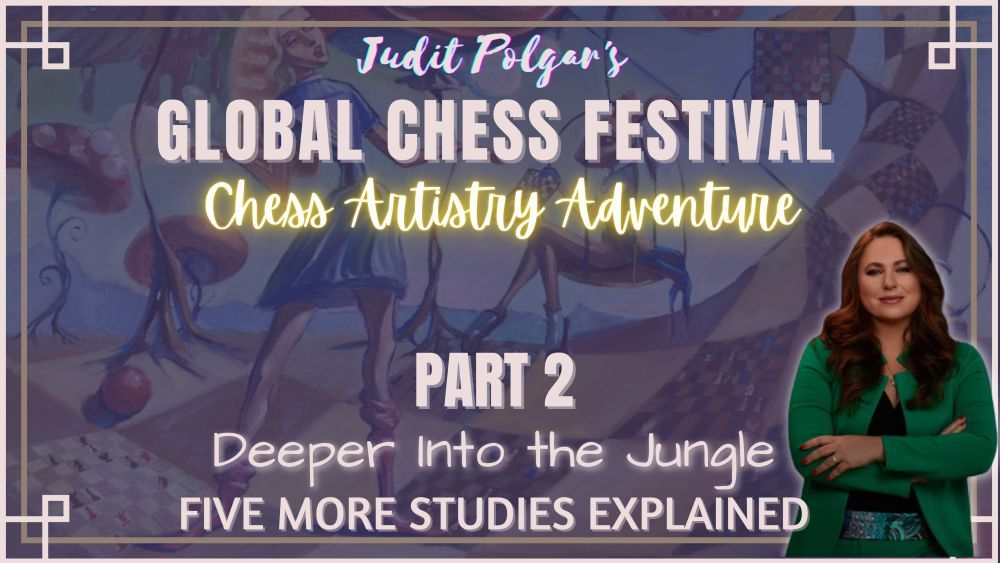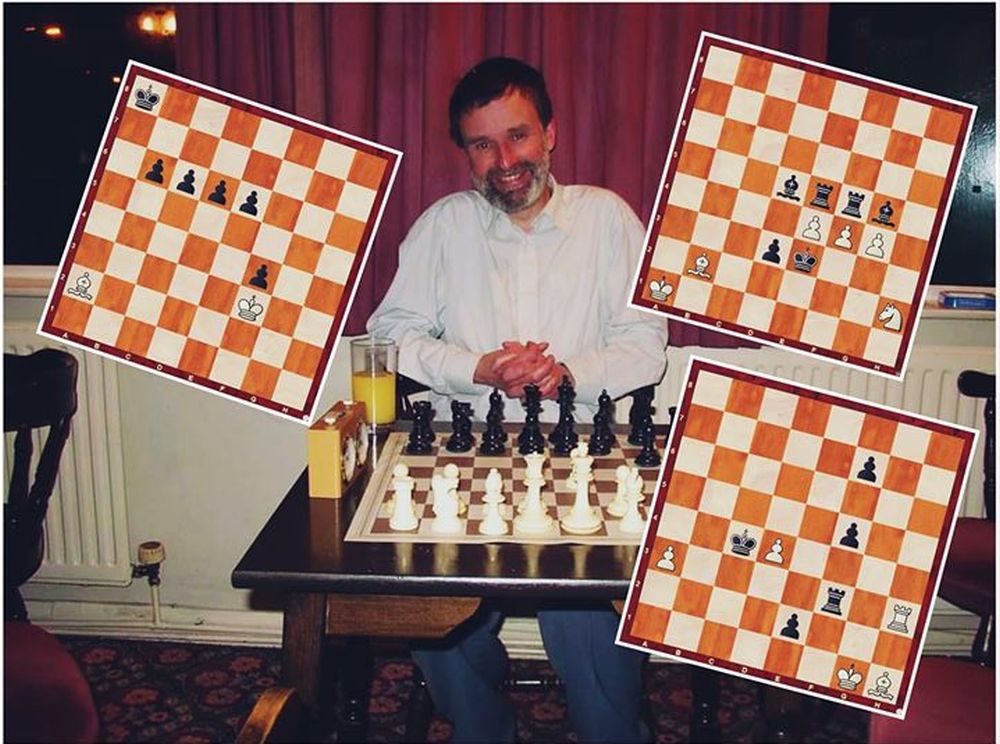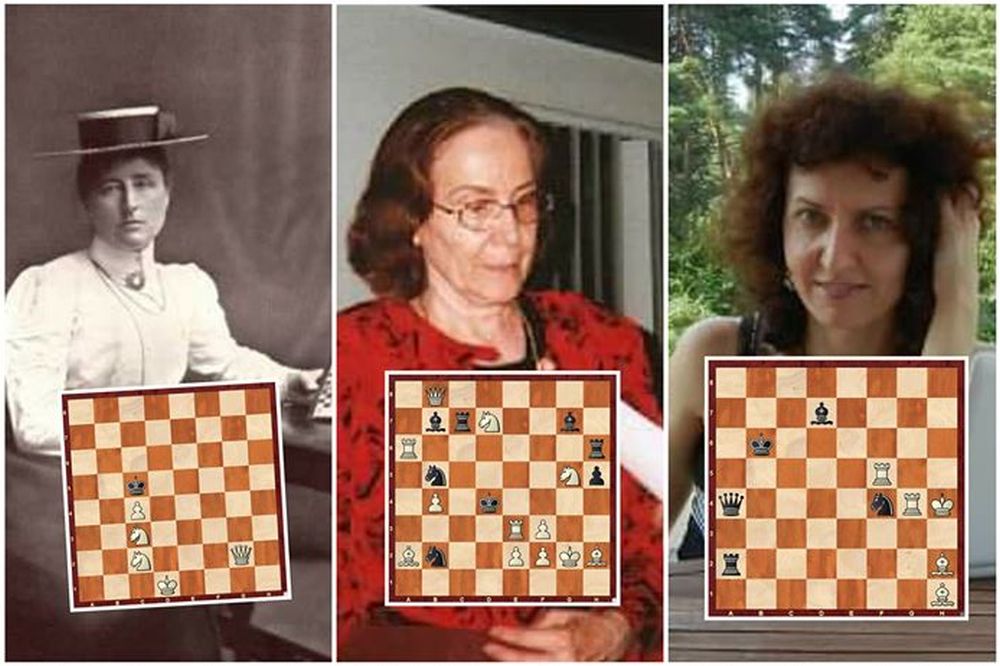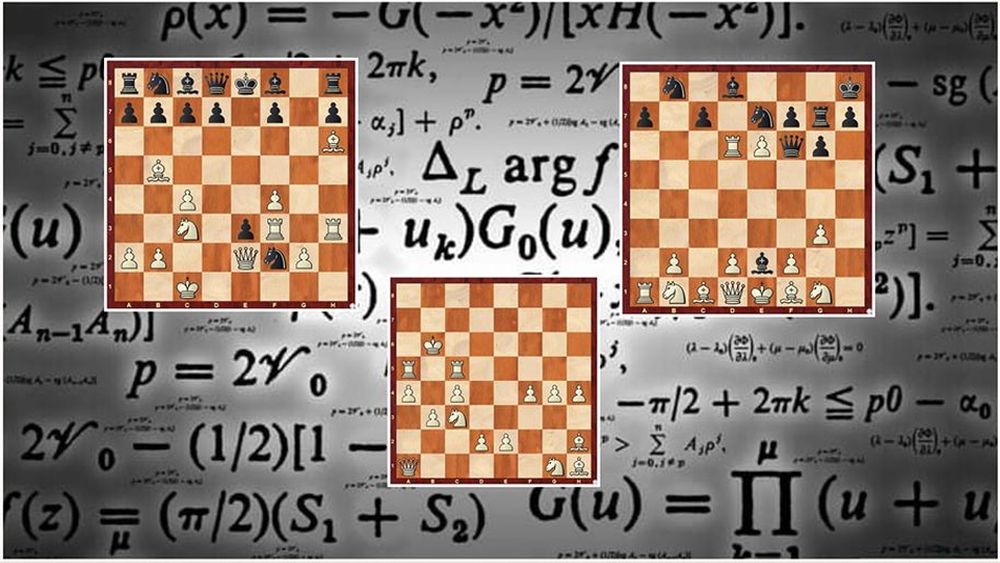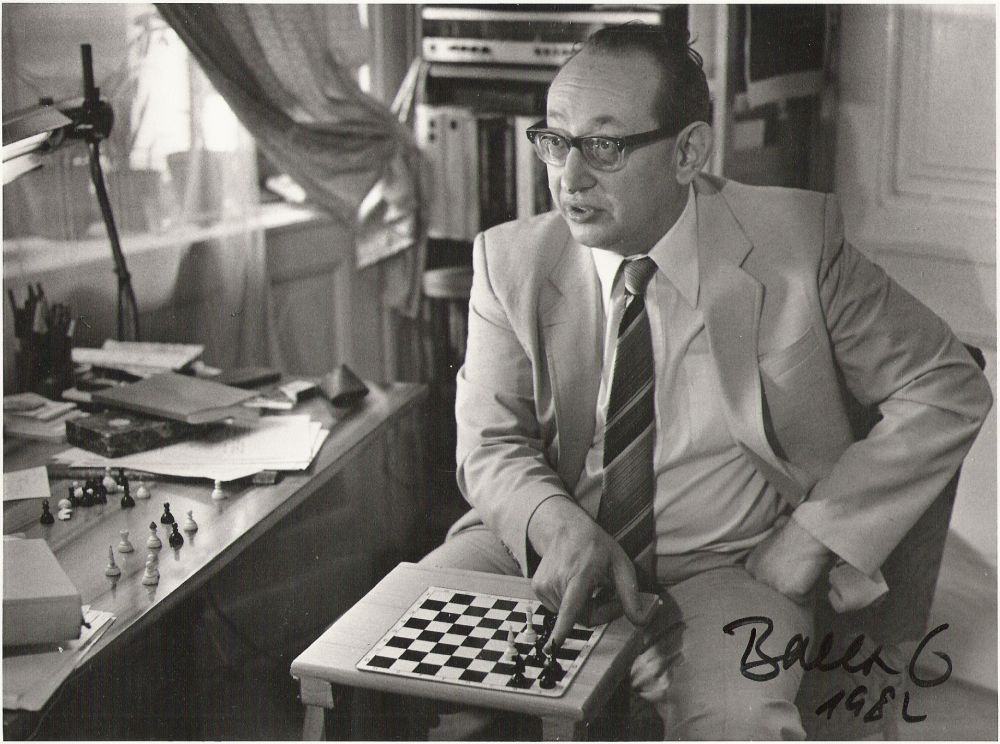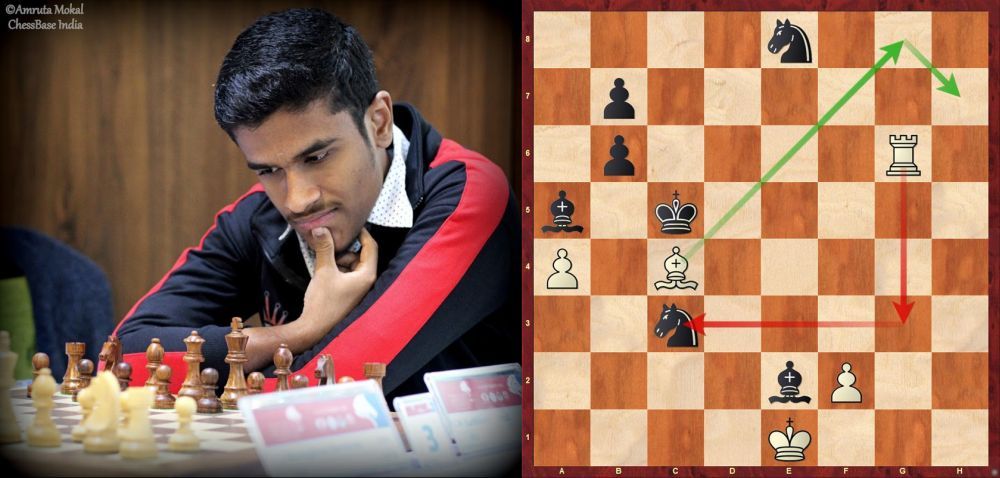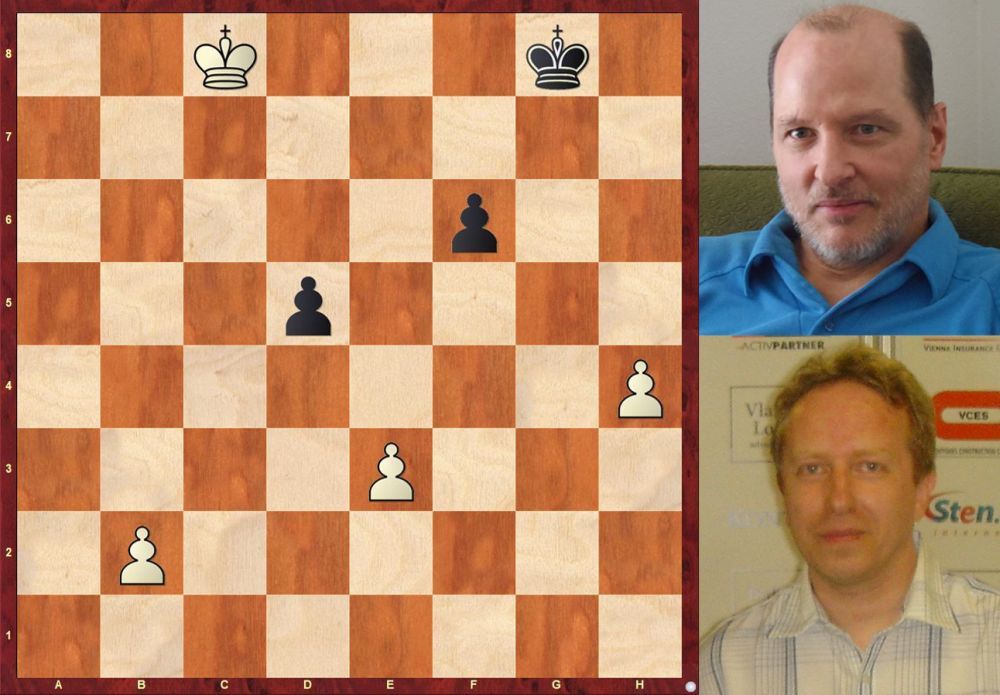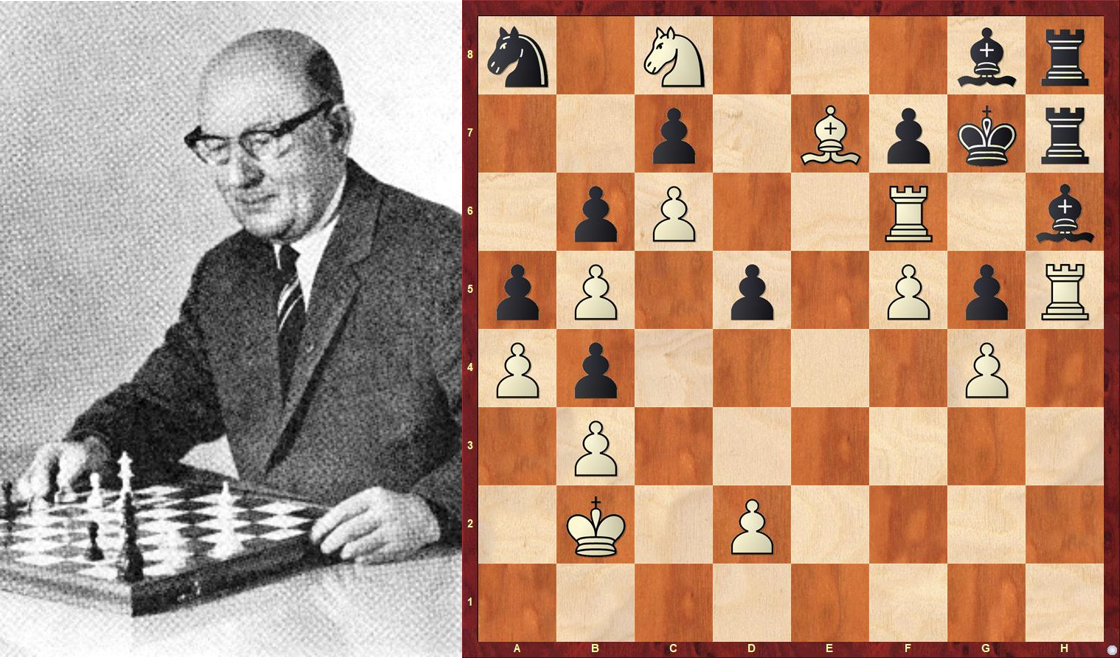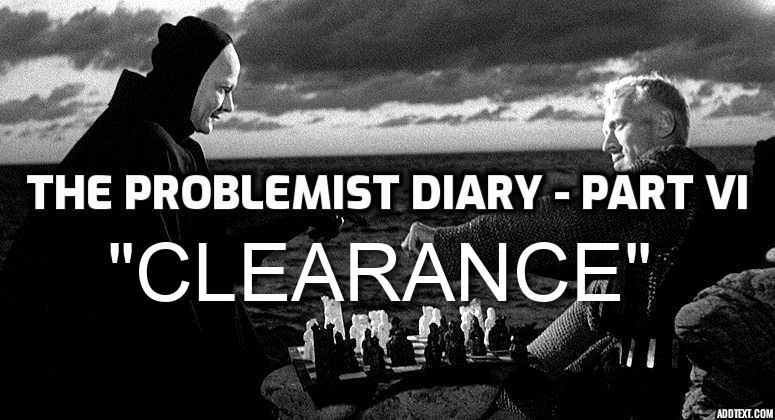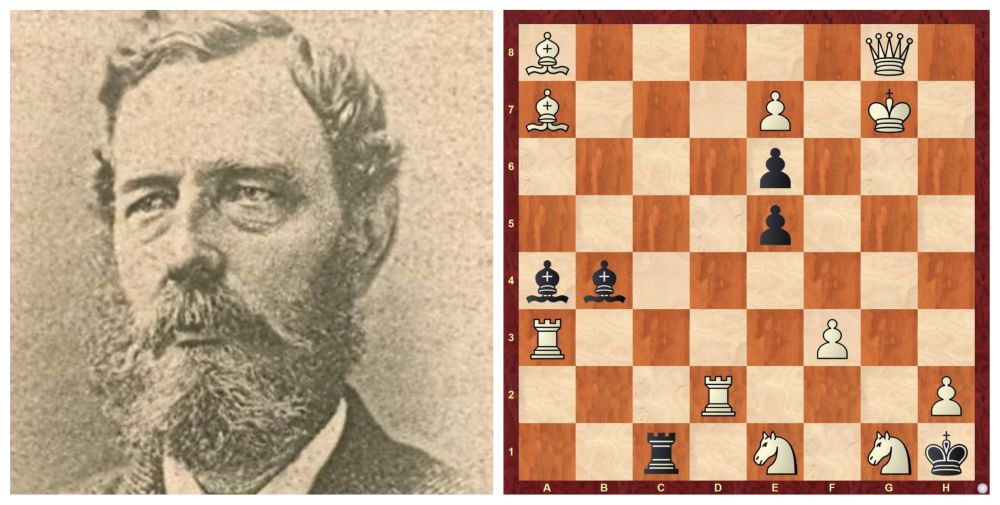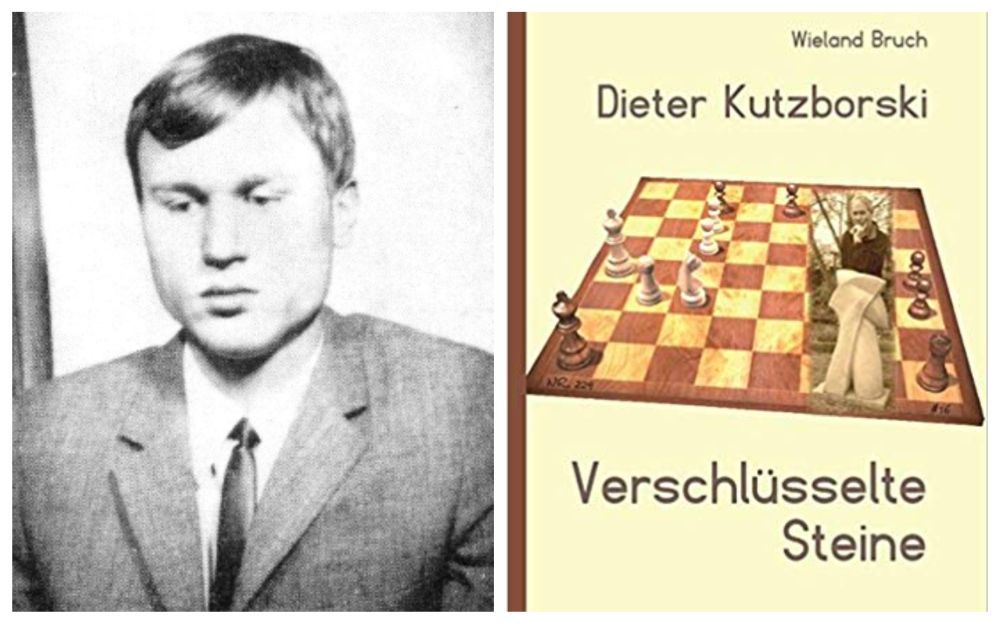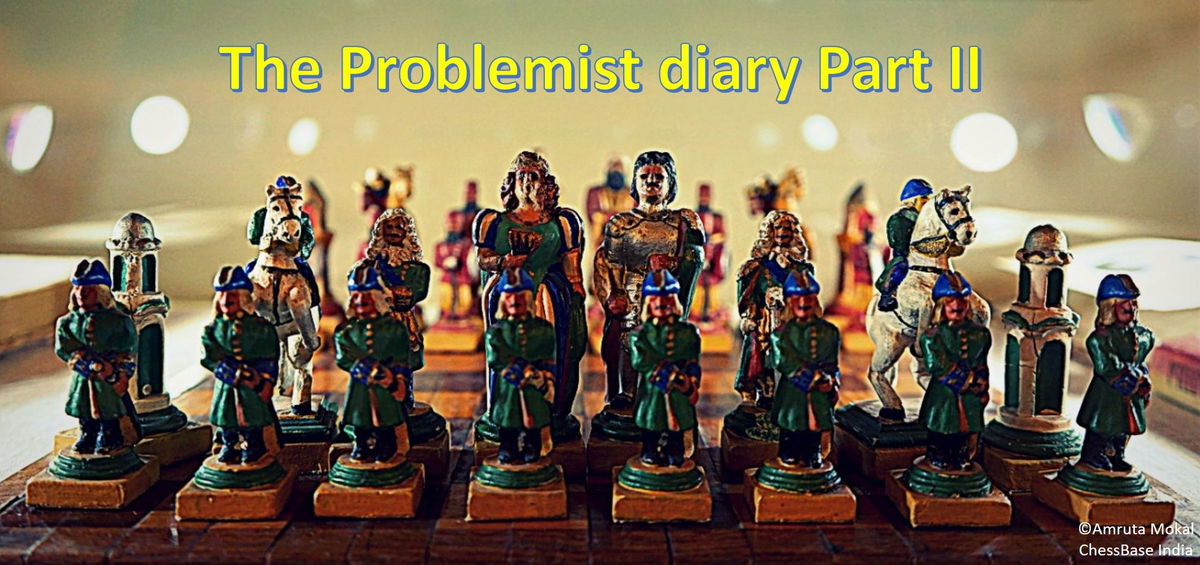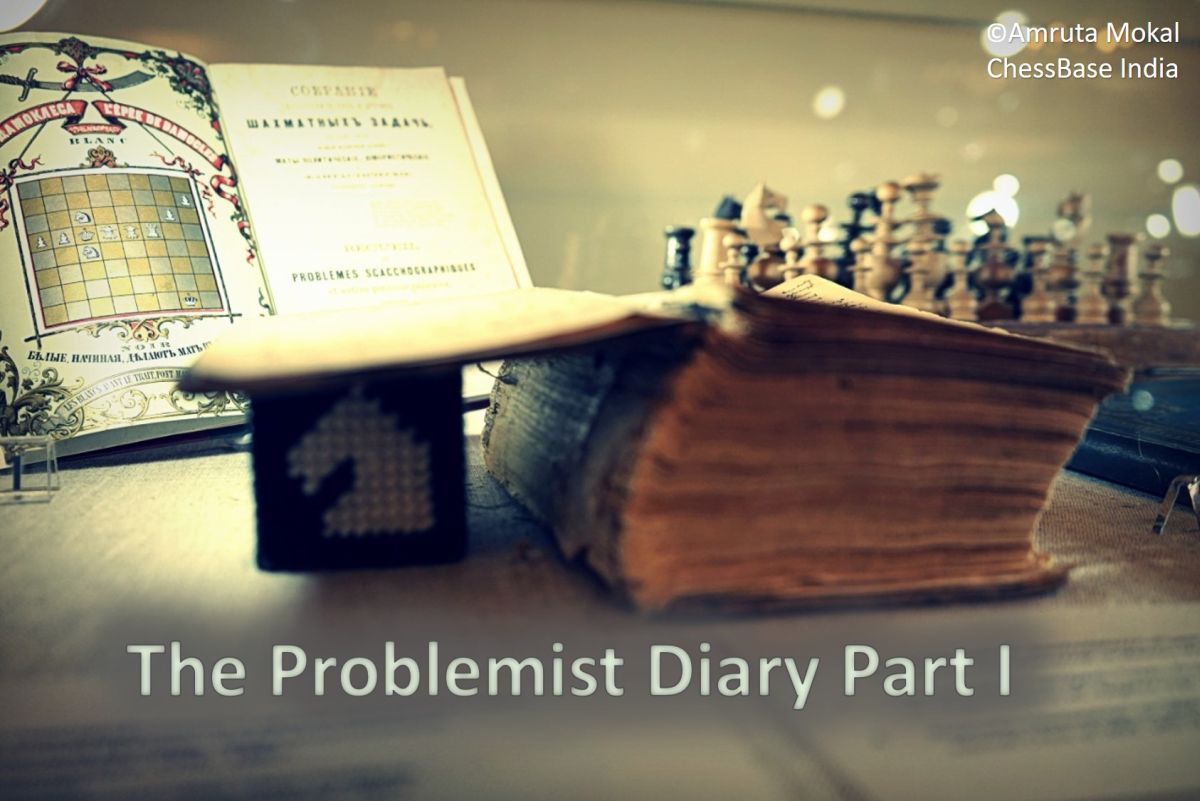The Problemist Diary Part 4: Theatrical Positional Draw
A few days ago Levon Aronian posted an interesting study on twitter for solving. He refused to give away the name of the composer and just hinted that its idea was very “theatrical” and “hidden”! So what is it in this position that intrigues a world class player like Aronian so much? We also reproduced the position on our ChessBase India page as an exercise for our readers. Well, here we are now to not only spill the beans but much more! Our compositions expert Satanick Mukhuty also delves into other positions which are similar to this theme. A lot to learn for practical chess players.
Aronian shares a study
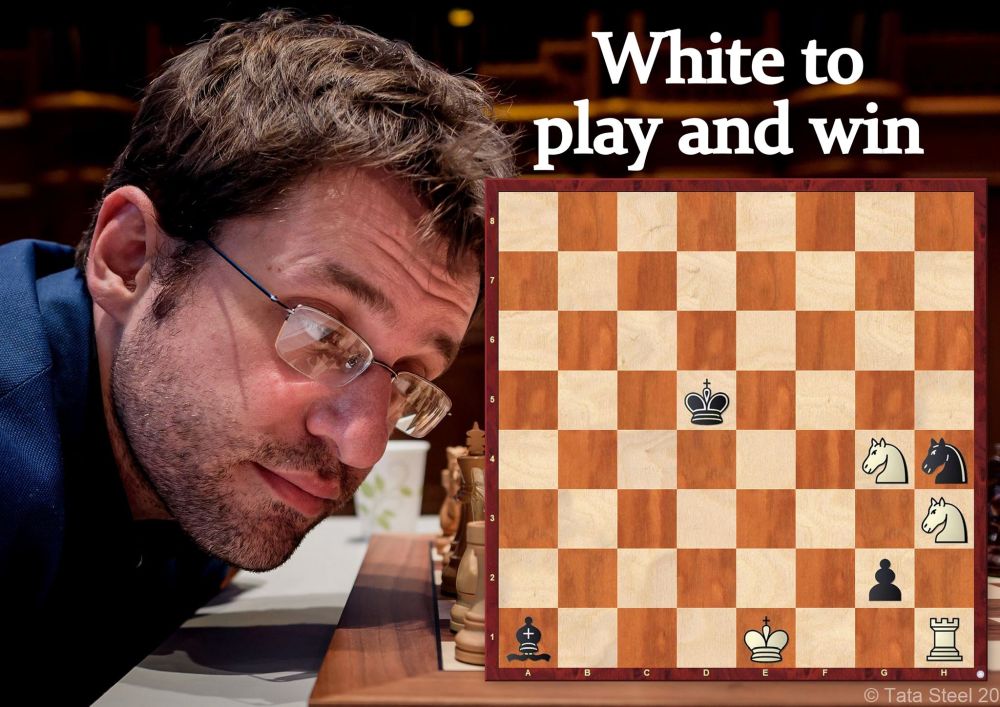
Here is the actual tweet:
White to move &win! This is one of my favorites because the idea is very theatrical and “hidden”. I’ll put the solution in the reply section. One rule is I won't mention the author, so nobody can look it up..and please, if you know it - no spoilers! #chessistheatrical pic.twitter.com/kZpJT4EdD9
— Levon Aronian (@LevAronian) May 16, 2019
This study, originally a brainchild of the great Yuri Bazlov, presents a brilliant case of what is known as a positional draw.
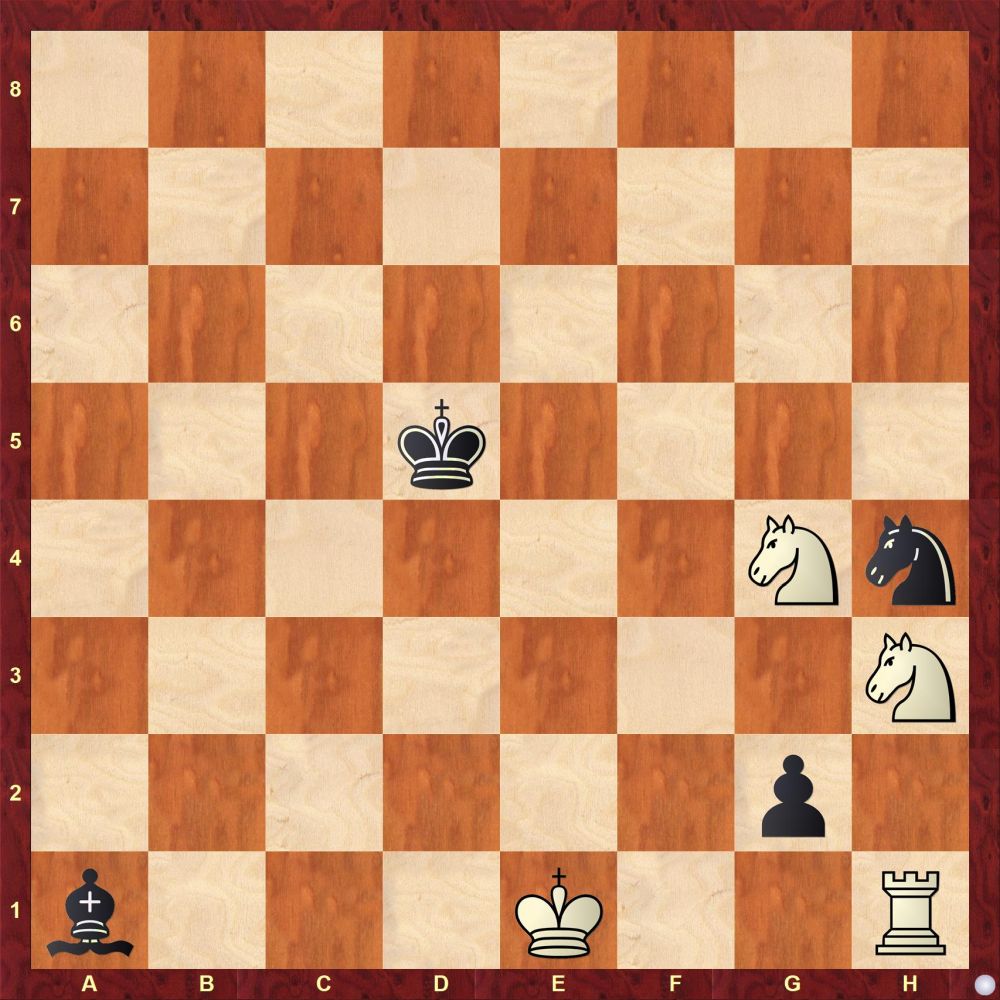
FEN: 8/8/8/3k4/6Nn/7N/6p1/b3K2R w K - 0 1
White’s rook is threatened and 1.Rg1/h2 runs into 1...Nf3+ fork. So there are only two candidate moves to look for, namely 1.Nf4+ and 1.Ne3+ At first glance they both look the same but there is a subtle difference. After 1.Nf4+?! Ke4! 2.Nxg2 Nxg2+ 3.Kf2 Ne3! 4.Nxe3 Bd4! White is a whole rook up but is he winning?
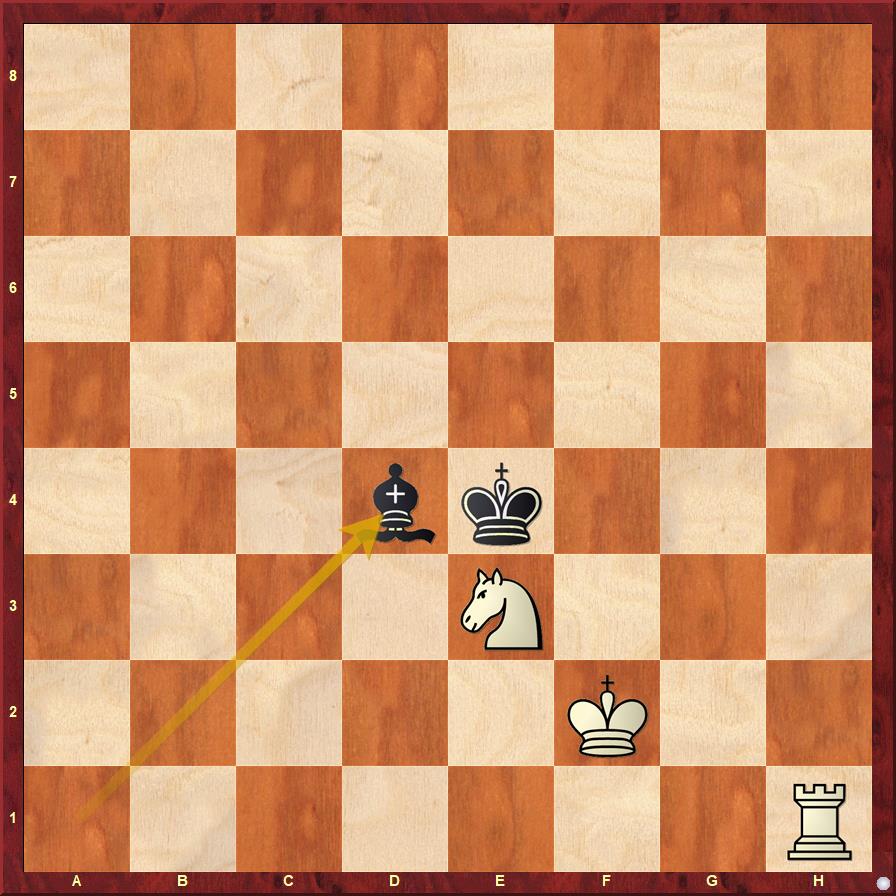
Hence, by the process of elimination, we now know that 1.Ne3+ must be the first move. 1.Ne3+! Ke4 2.Nxg2 Nxg2+ 3.Kf2 Nf4
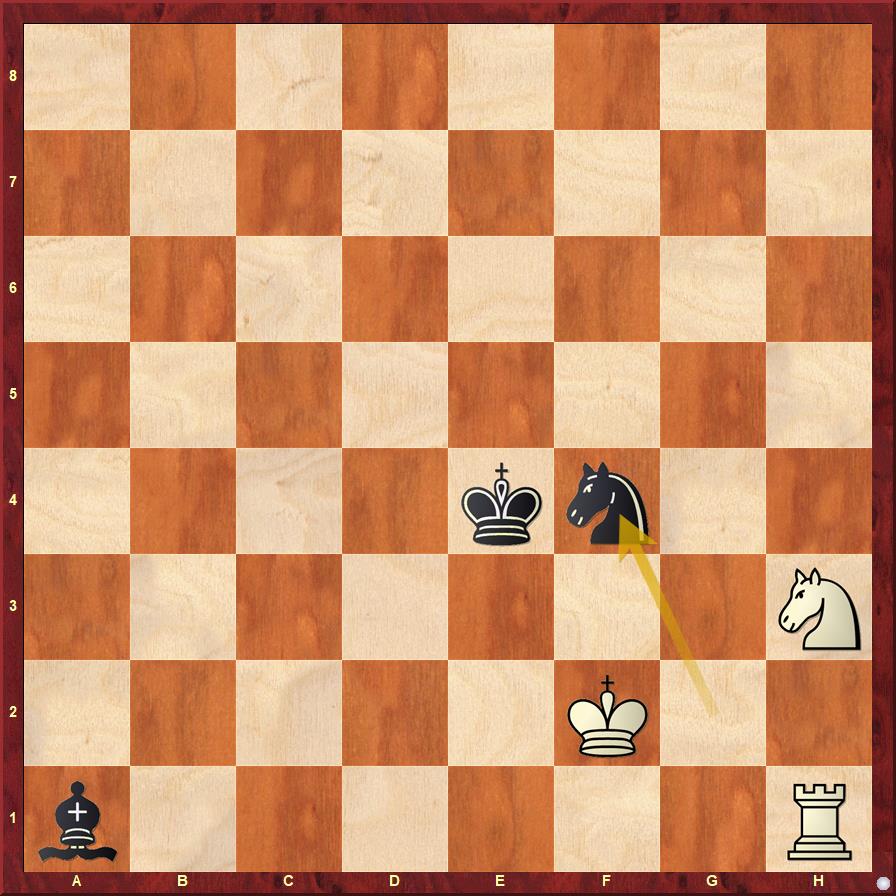
Hence in the above diagram, White must first insert a check with 4. Re1+! Kf5 5. Nxf4 Bc3!
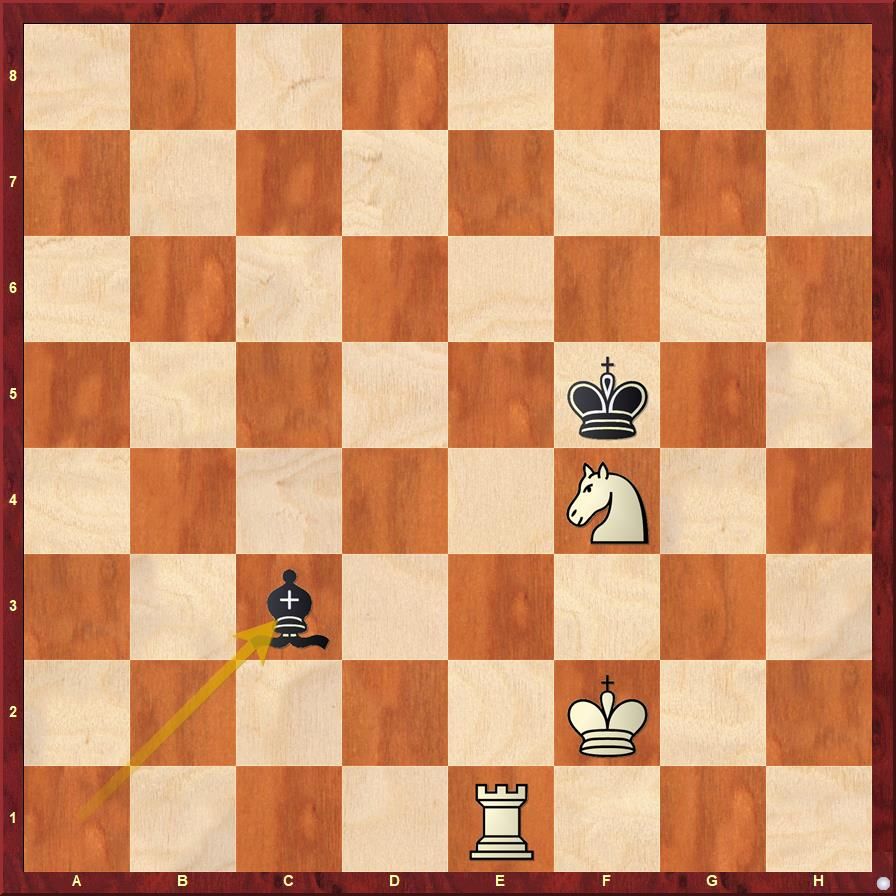
6. Rc1 Bd2 7. Rc5+! Kxf4 and finally 8. Ke2!
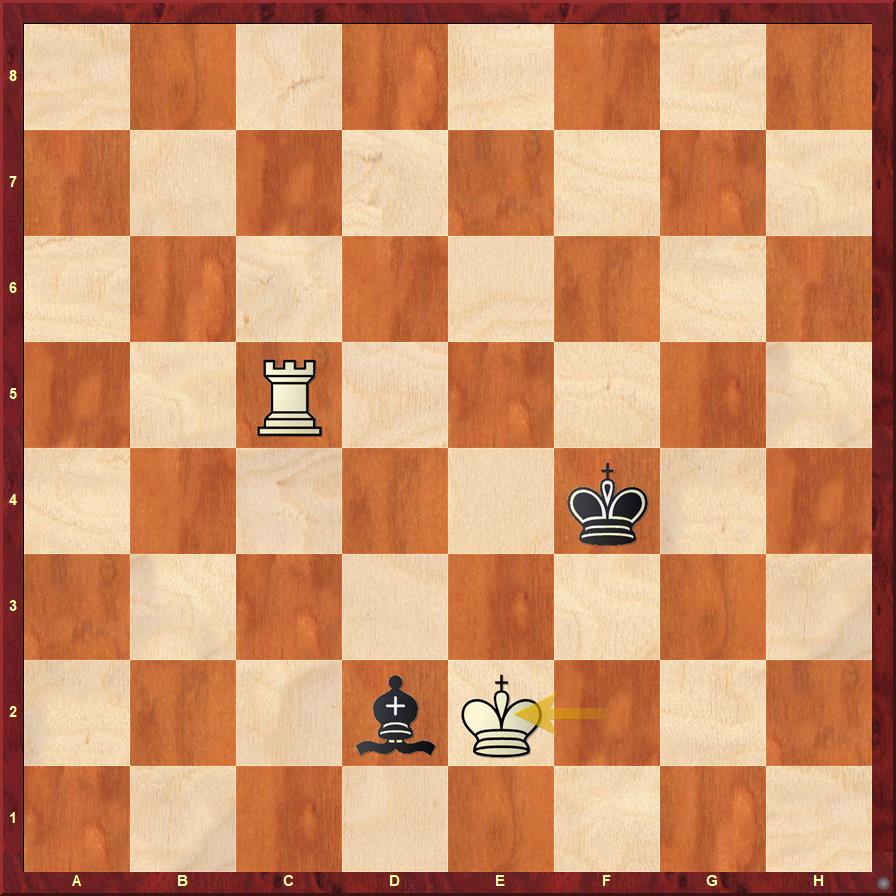
What makes this position so fascinating is the fact that in some lines White is not able to win even with a huge material superiority. This phenomenon is called a positional draw.
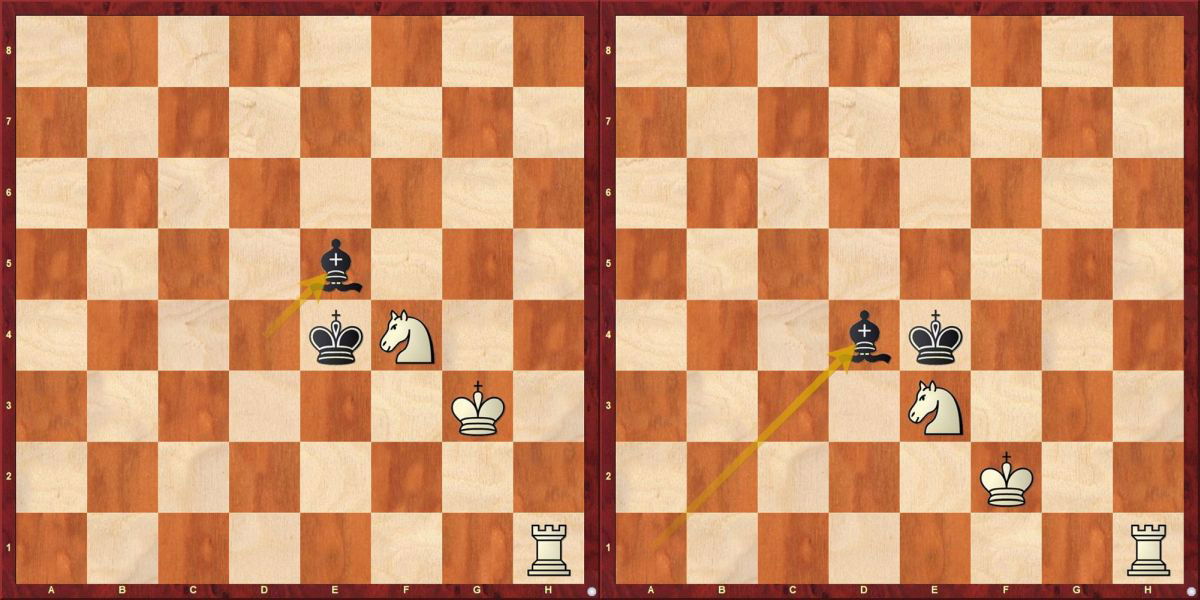
In the book “Practical Chess Beauty” Yochanan Afek defines this as follows:
"Positional draw is a general term for the draw which results when one side is unable to convert what would normally be a decisive material superiority. This may be due to various positional factors such as the vulnerability or limited mobility of pieces, perpetual attacks or... a picturesque fortress!"
Let us try to understand this unusual, counter-intuitive concept better with a few more examples:
Study 1
Kurt Wilhelm Bruno Heinrich Eucken, Tidskrift för Schack 1948, 3rd Prize
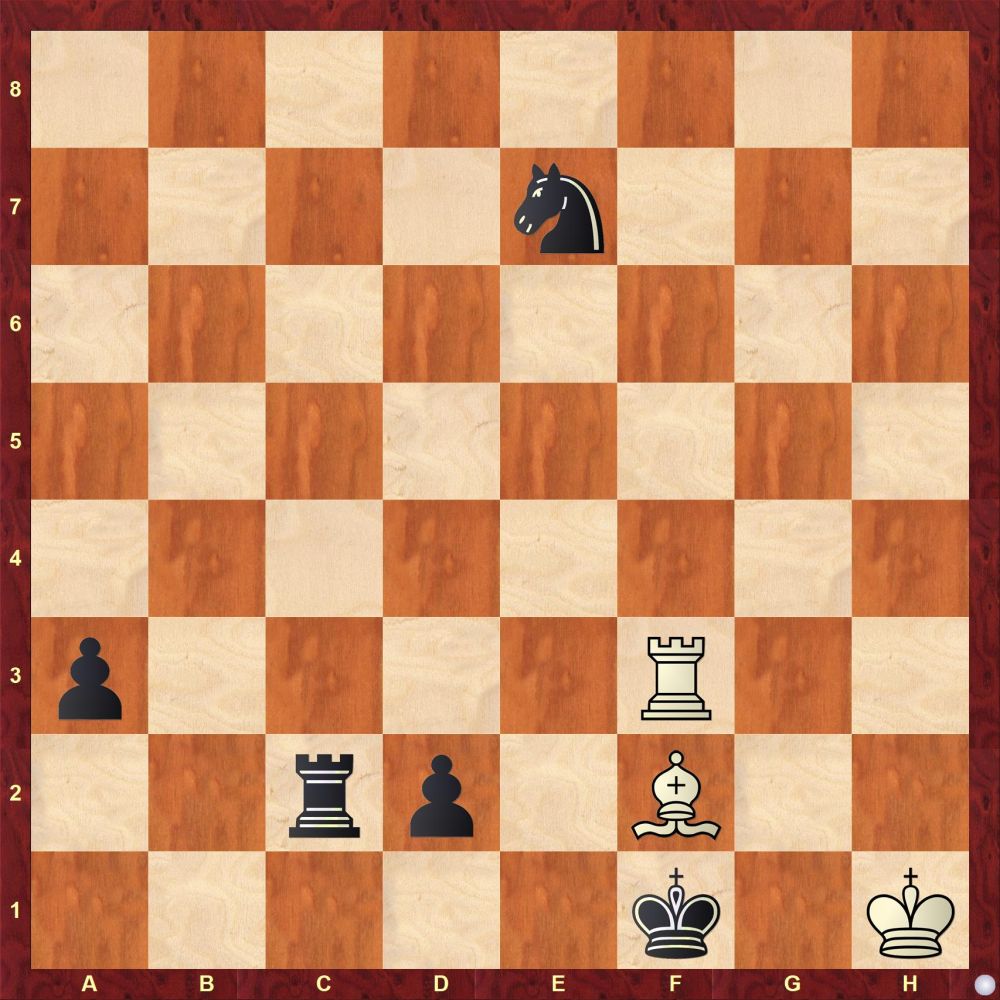
FEN: 8/4n3/8/8/8/p4R2/2rp1B2/5k1K
What we have next is yet another Bazlov masterpiece. This composition is truly beautiful for its richness of play.
Study 2
Yuri Bazlov, Armenian Central Chess Club Tourney 1967, 1st Prize
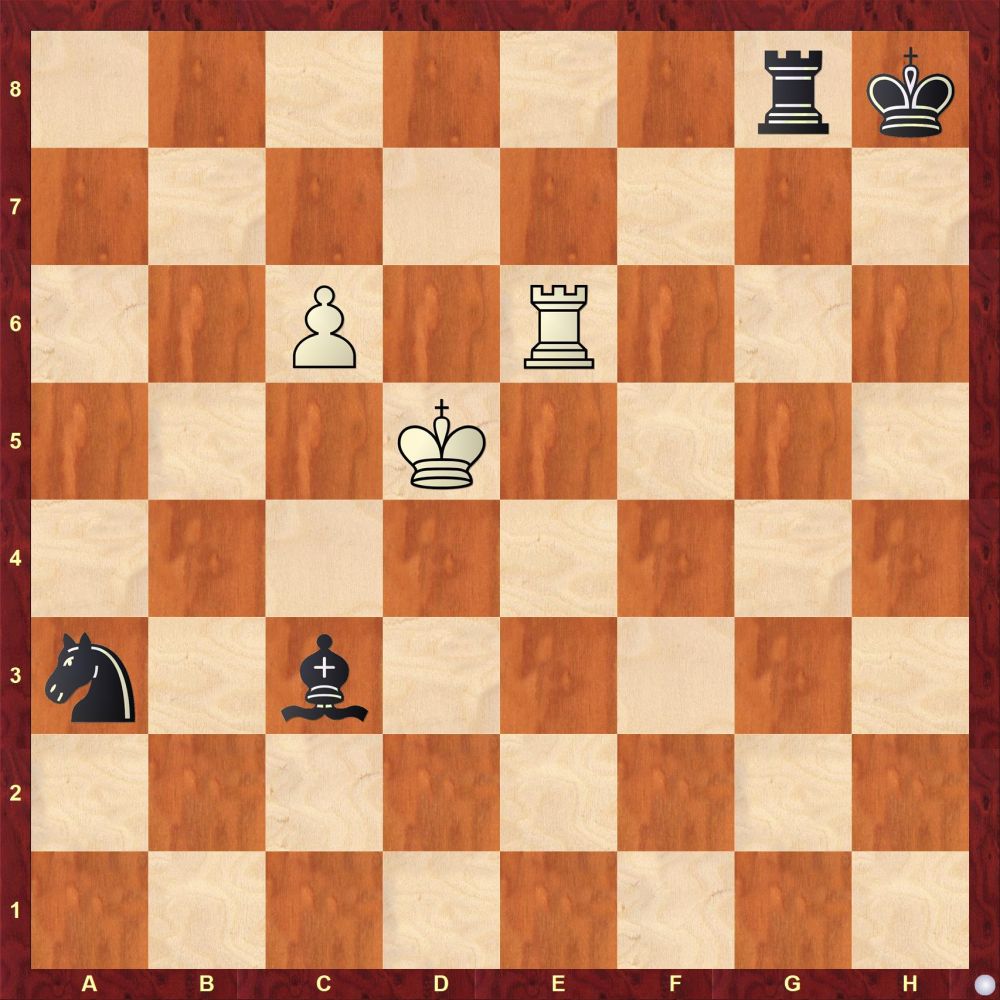

Study 3
D Gurgenidze, Sredba na Solidarnosta 1977, 1st Honourable Mention
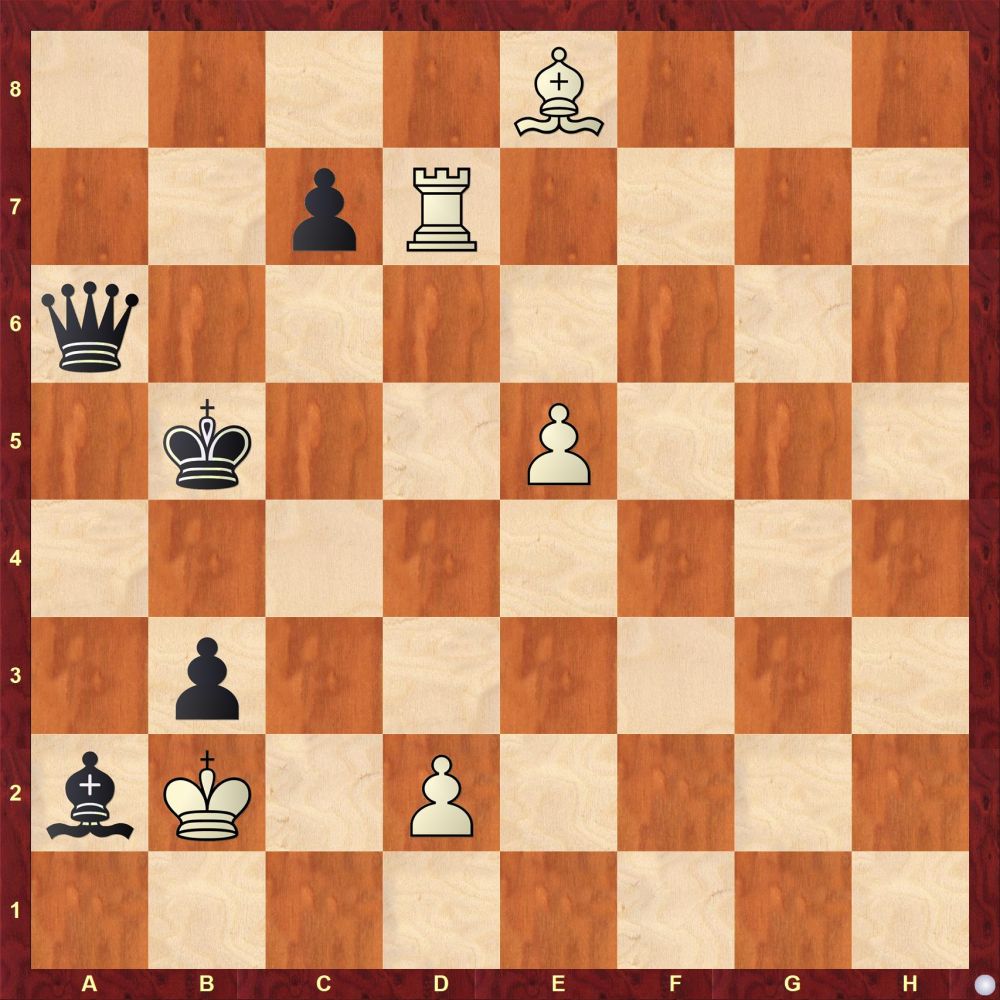
FEN: 4B3/2pR4/q7/1k2P3/8/1p6/bK1P4/8
The next one presents nice flow and shows queen domination by rook and knight.
Study 4
V Kovalenko, Diagrammes 1996, 3rd Honoroable Mention
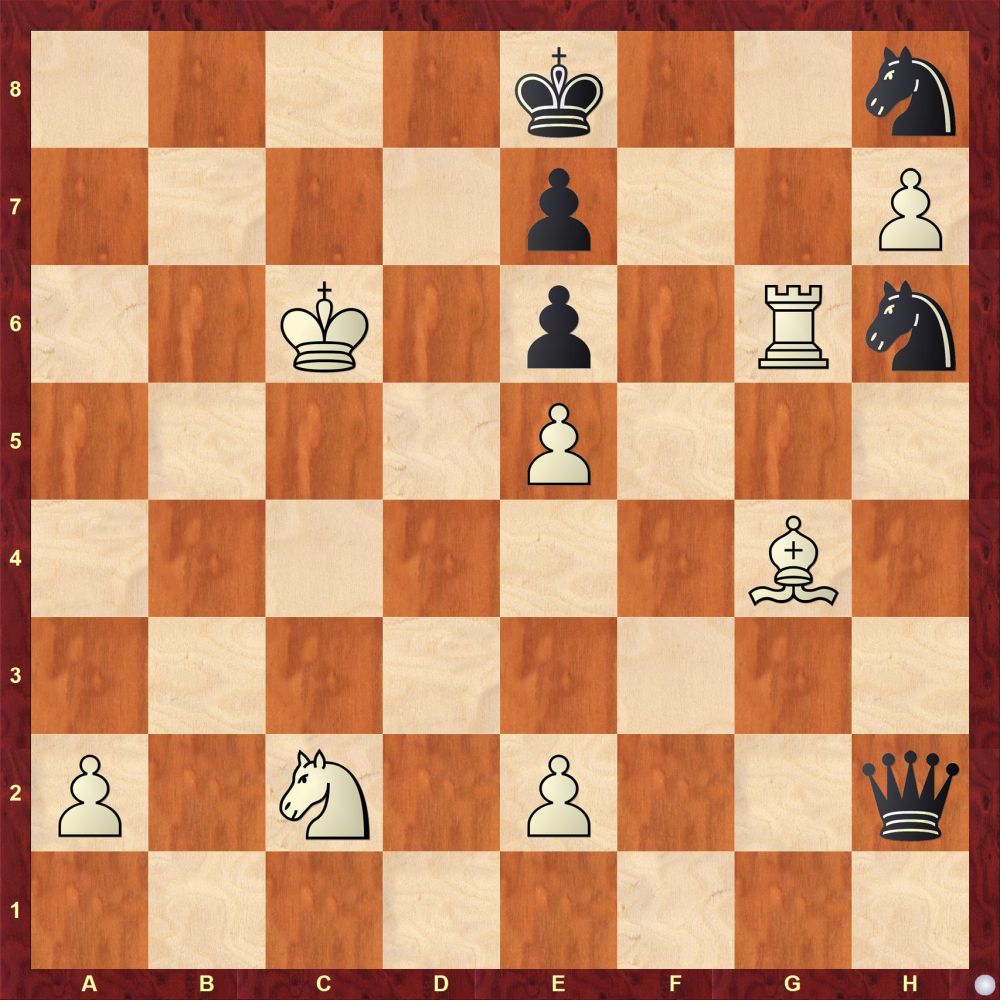
FEN: 4k2n/4p2P/2K1p1Rn/4P3/6B1/8/P1N1P2q/8
Study 5
Vitaly Halberstadt, Magyar Sakkvilág 1929, 3rd Prize
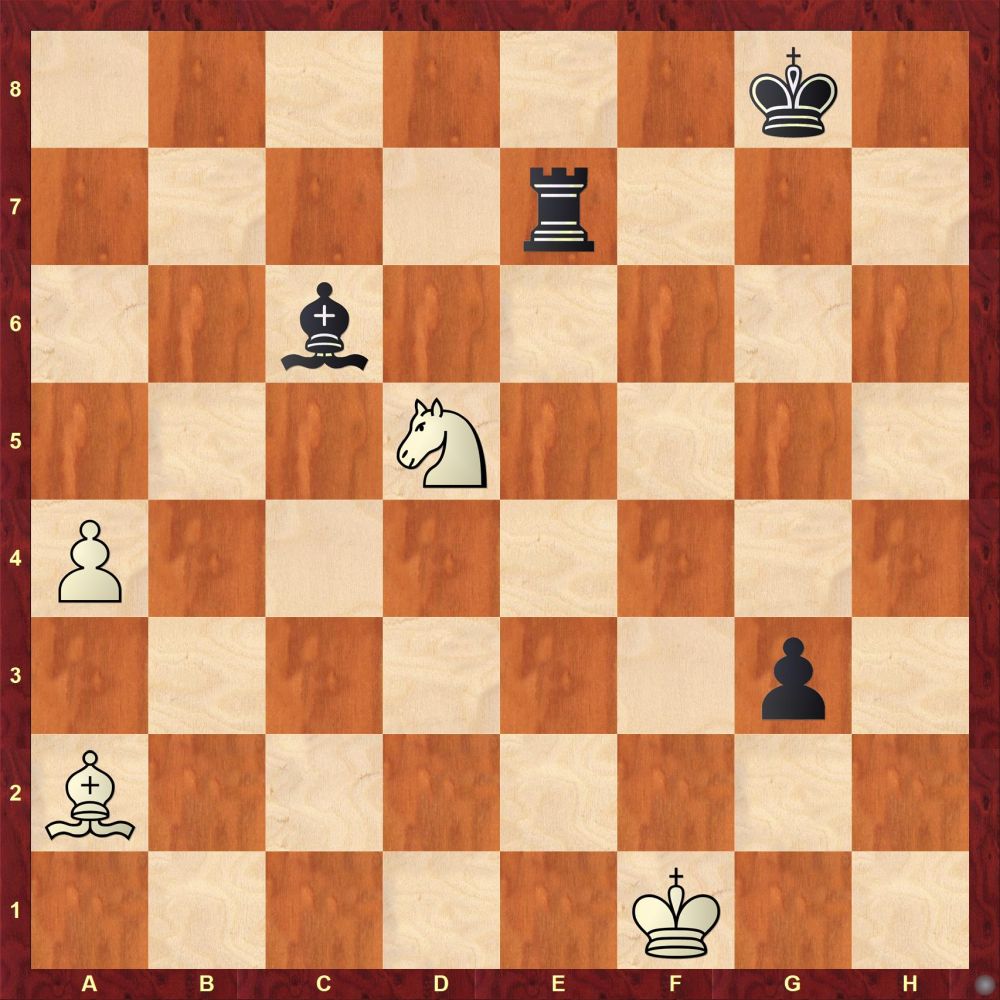
FEN: 6k1/4r3/2b5/3N4/P7/6p1/B7/5K2
Study 6
Adolph Jay Fink, The San Francisco Chronicle, 1921
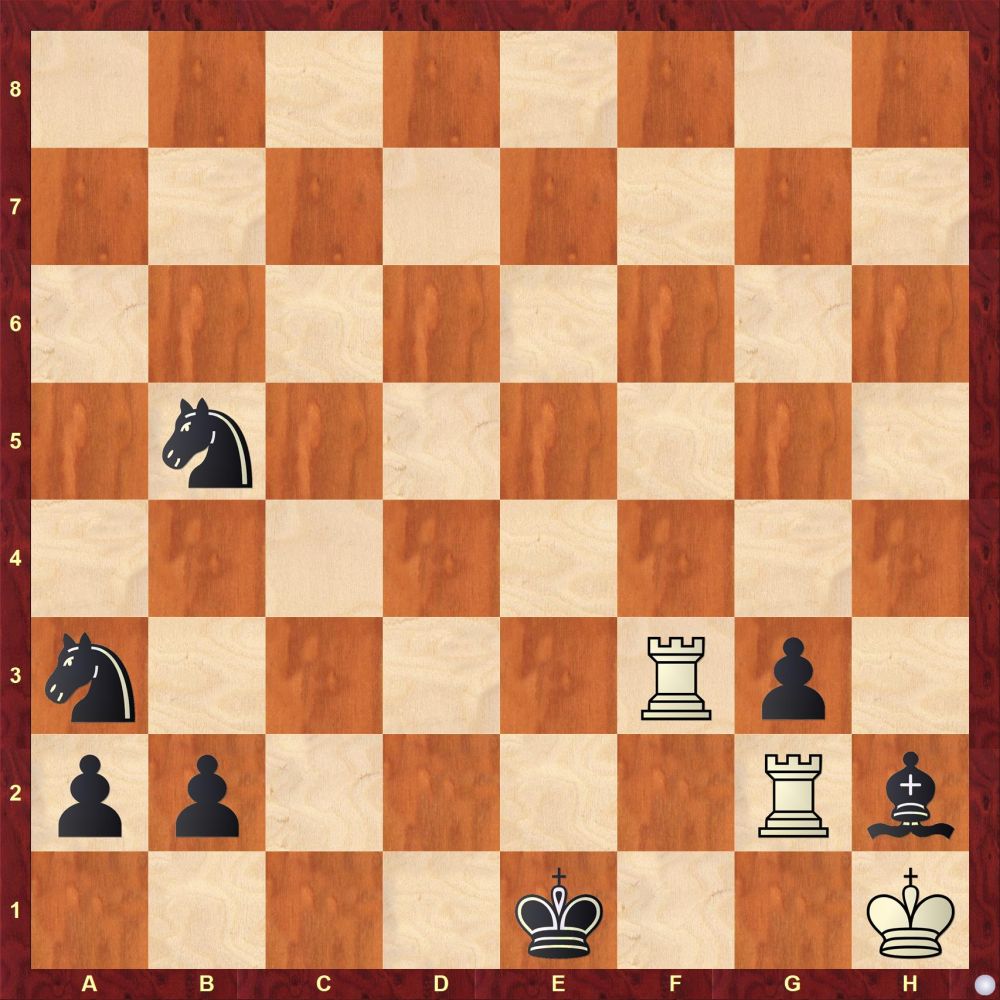
FEN: 8/8/8/1n6/8/n4Rp1/pp4Rb/4k2K
We end this article by looking at two simple examples of fortress making.
Study 7
Froim Markovich Simkhovich, Turkmenskaya Iskra 1926, 1st Prize
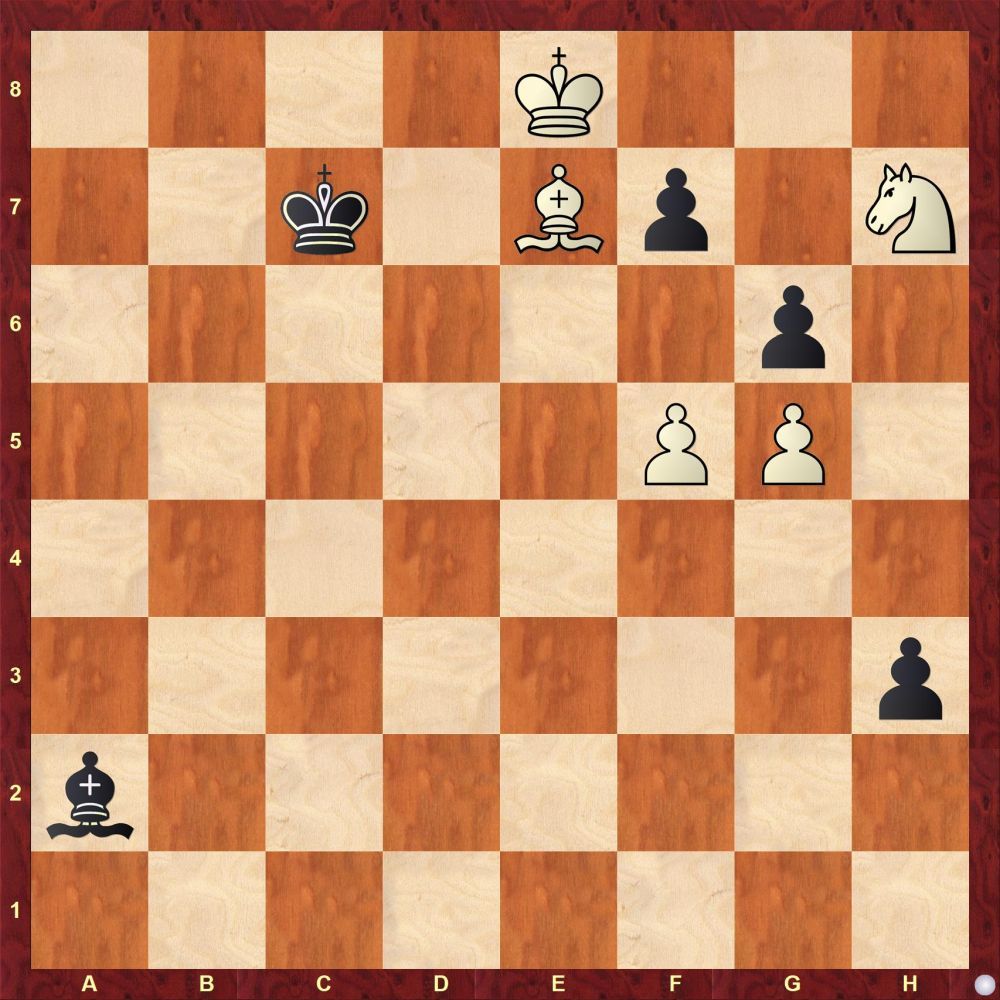
FEN: 4K3/2k1Bp1N/6p1/5PP1/8/7p/b7/8
Study 8
W. Rudolph, The Chess Amateur, 1912
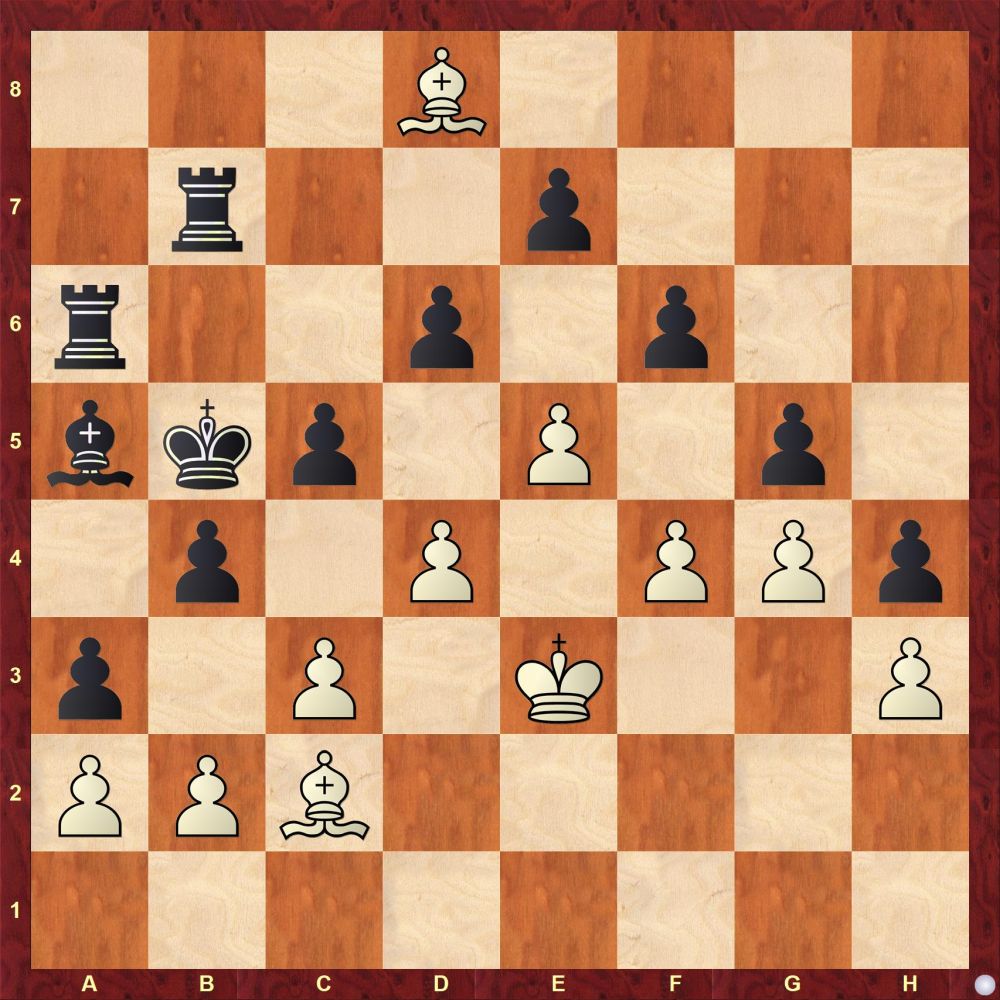
FEN: 3B4/1r2p3/r2p1p2/bkp1P1p1/1p1P1PPp/p1P1K2P/PPB5/8
About the author

Satanick Mukhuty has a background in Mathematics. He is an avid enthusiast of composition chess and is sincerely committed to promoting it around the world.






